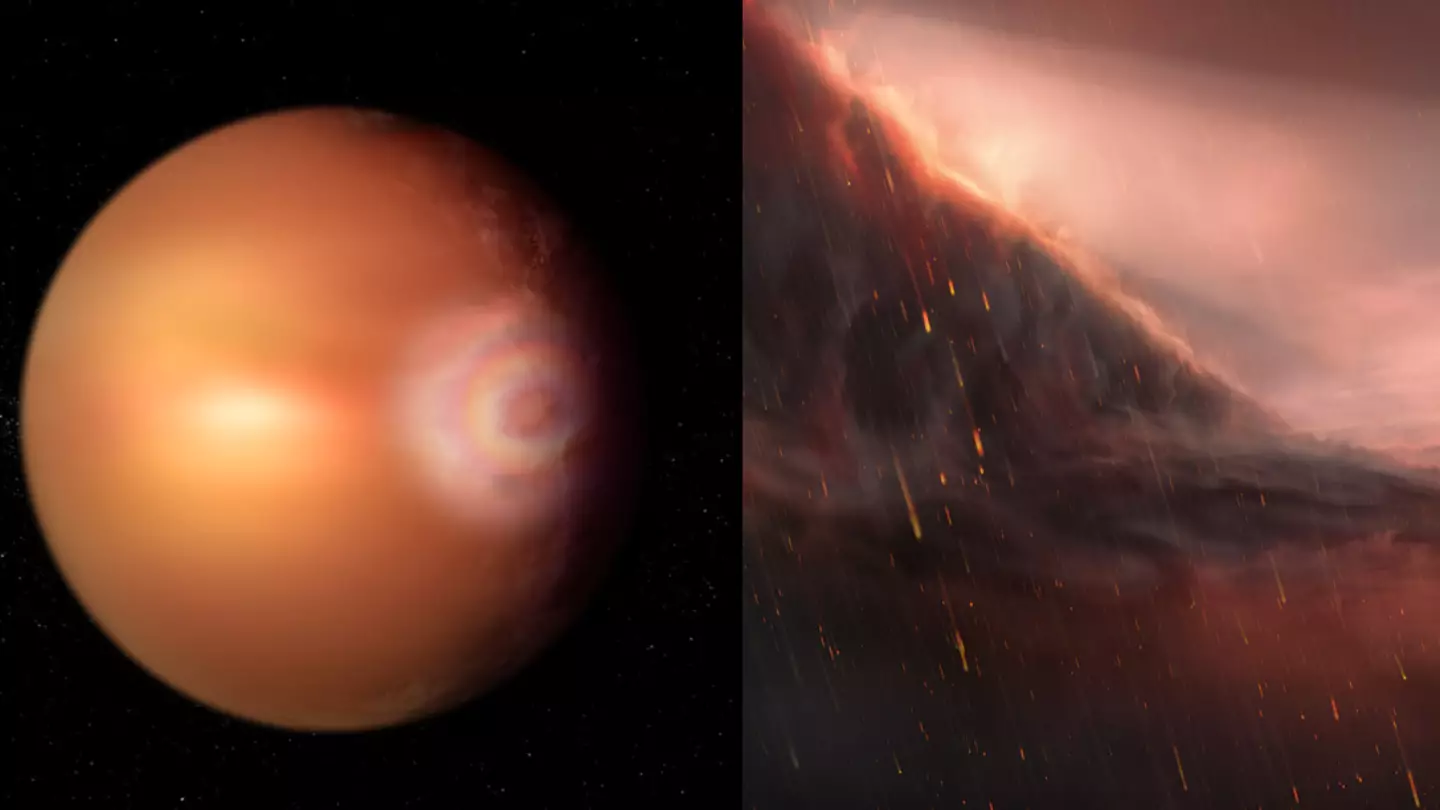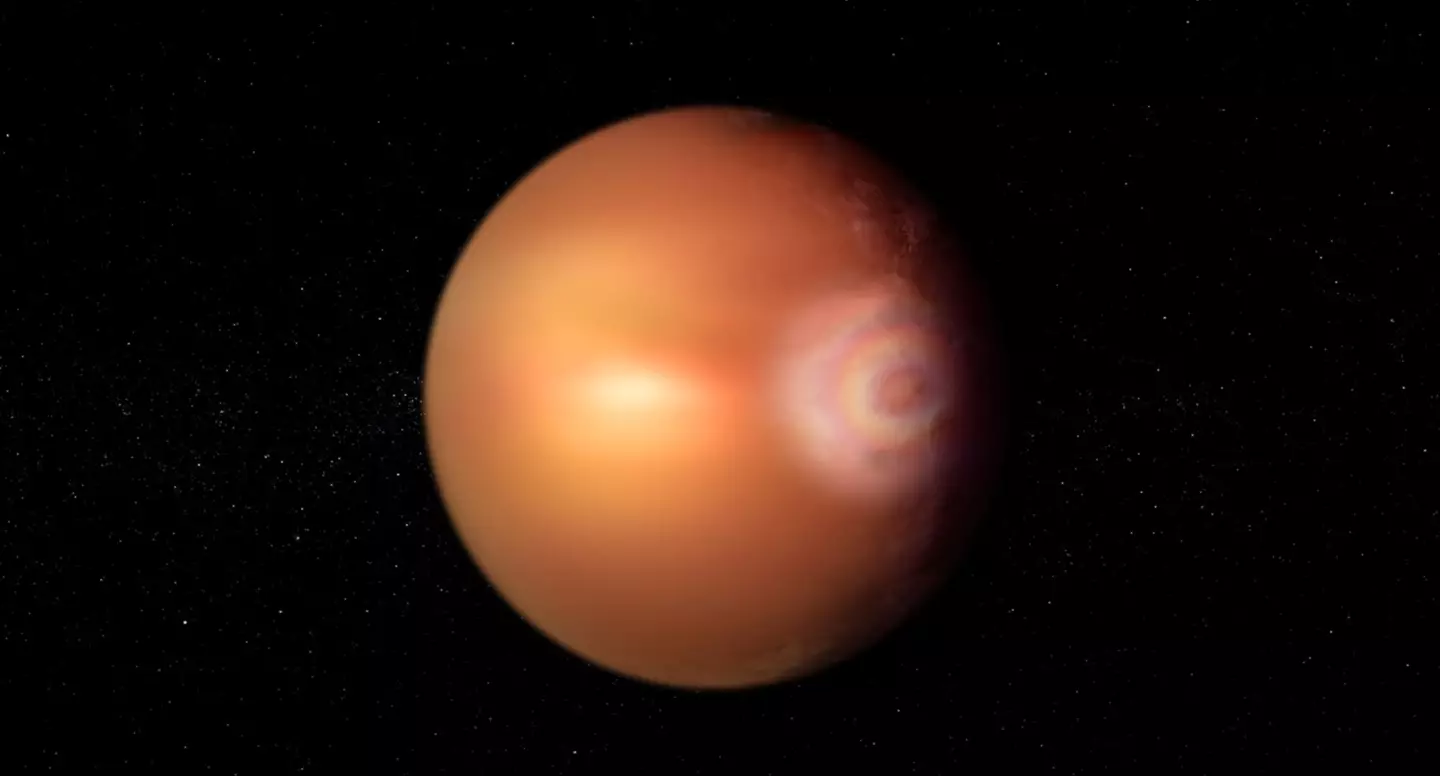
Astronomers have observed a rare scientific phenomenon on a planet for the first time outside of Earth's solar system.
As technology advances, more and more of the wonders of space can be observed by us mere mortals here on Earth.
Through the likes of the James Webb Space Telescope, we're able to see planets that are galaxies that lie some 12 million light years away. That's not exactly around the corner is it - and then some.
Advert
The billion dollar industry only looks set to expand in the years to come, with humanity finally returning to the Moon.
Then it'll be all eyes on Mars, with the first ever human exploration visit to the Red Planet on the horizon from the 2030s onwards.
Until then, we'll have to wait for human exploration. But thanks to the wonders of satellites, discoveries continue.

And just this week, the European Space Agency (ESA) has found signs of a rainbow-like 'glory effect' on a planet outside of the Milky Way using the Characterising ExOplanet Satellite (Cheops). Previously it had only been seen on Earth and Venus.
Advert
A glory is colourful concentric rings of light that occur only under peculiar conditions.
Now, if confirmed in peer review, it will reveal more about the nature of puzzling exoplanets with exciting lessons for how to better understand strange, distant worlds.
Olivier Demangeon, astronomer at the Institute of Astrophysics and Space Sciences in Portugal and lead author of the study, said: "There's a reason no glory has been seen before outside our Solar System – it requires very peculiar conditions.

"First, you need atmospheric particles that are close-to-perfectly spherical, completely uniform and stable enough to be observed over a long time.
Advert
"The planet's nearby star needs to shine directly at it, with the observer – here Cheops – at just the right orientation."
The glory effect was viewed on what the ESA describes as the 'hellish atmosphere of a ultra-hot gas giant' called WASP-76b, which lies 637 light-years away.
It's a big old planet, with temperatures exceeding 2,400 degrees Celsius (4,350 Fahrenheit) on the one side of the planet that permanently faces the sun. That's hot enough to melt vaporise iron.
The situation then gets even more hellish on the side of the planet that never sees day light, with molten iron rain being spewed across the planet.

"What’s important to keep in mind is the incredible scale of what we’re witnessing,” says Matthew Standing, an ESA Research Fellow studying exoplanets.
Advert
“WASP-76b is several hundred light-years away – an intensely hot gas giant planet where it likely rains molten iron.
"Despite the chaos, it looks like we’ve detected the potential signs of a glory. It’s an incredibly faint signal.”
The discovery will ultimately help in the discovery of finding other hard to see phenomena, including sunlight reflecting off of lakes and oceans - a vital requirement to life anywhere.
Featured Image Credit: ESA/ESO/M. Kornmesser/L. CalçadaTopics: Science, Space, Technology, World News